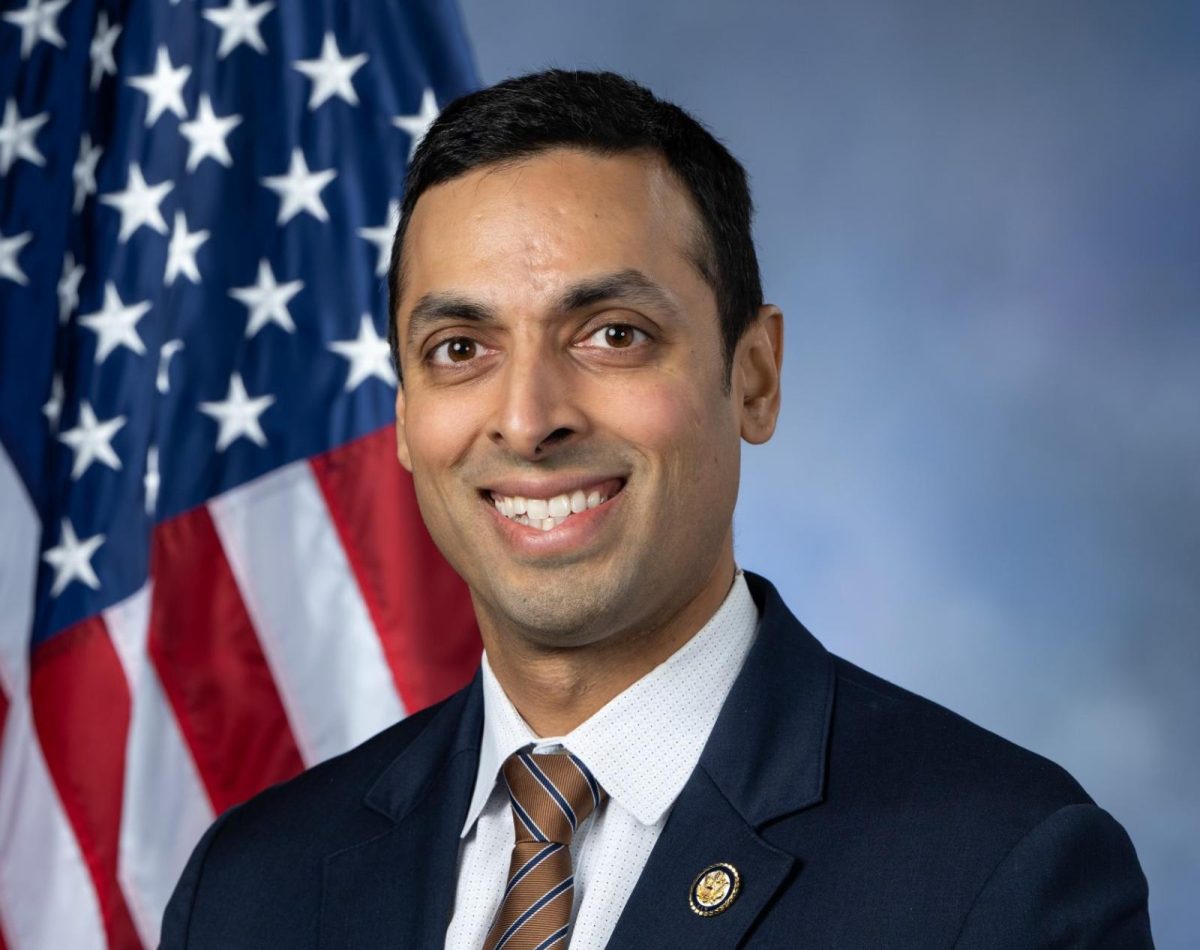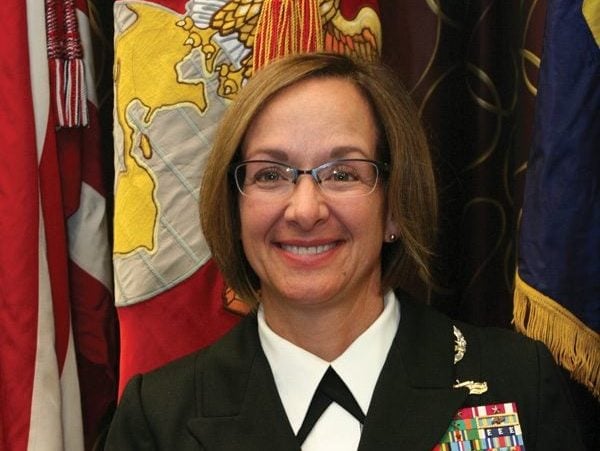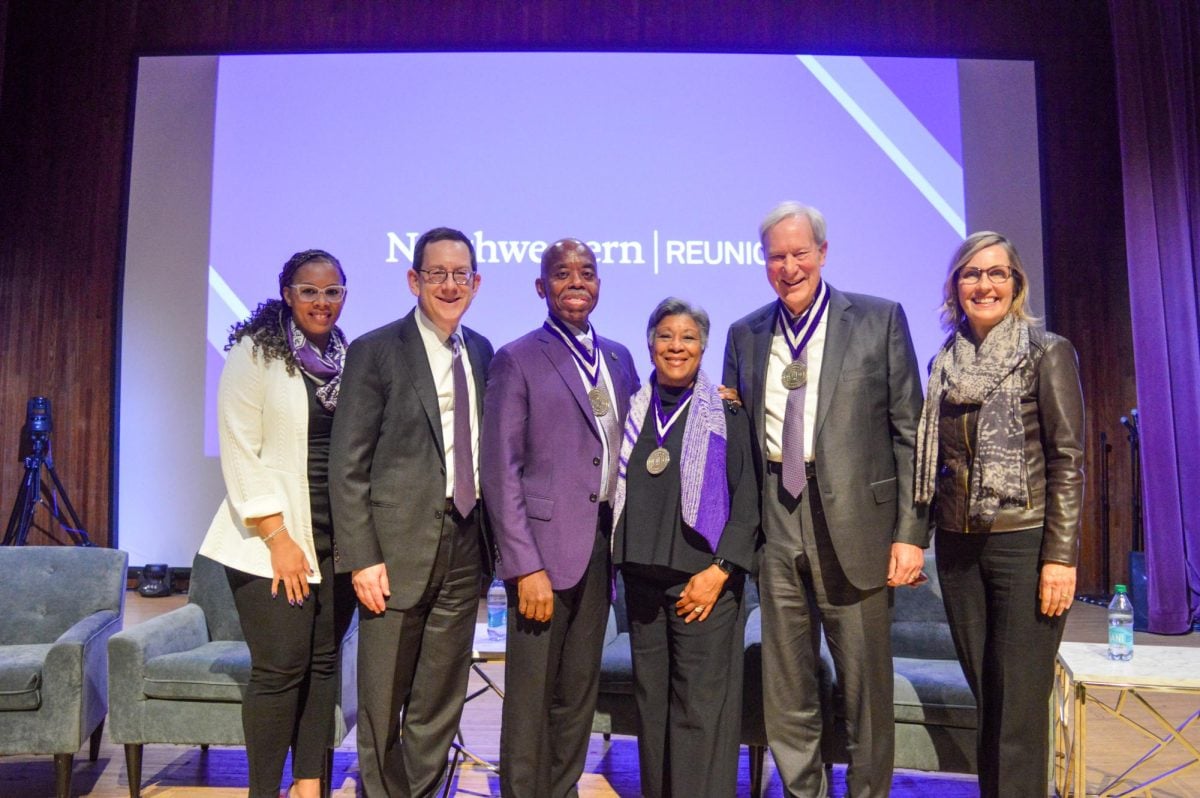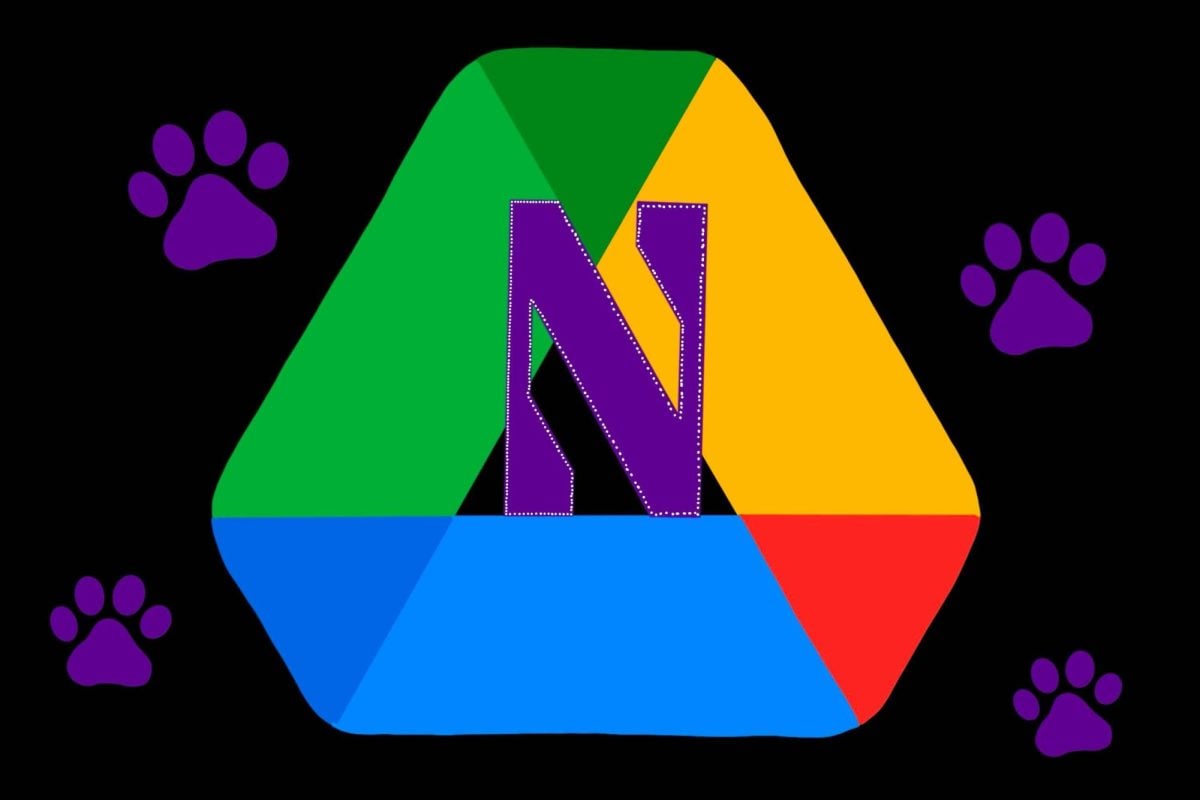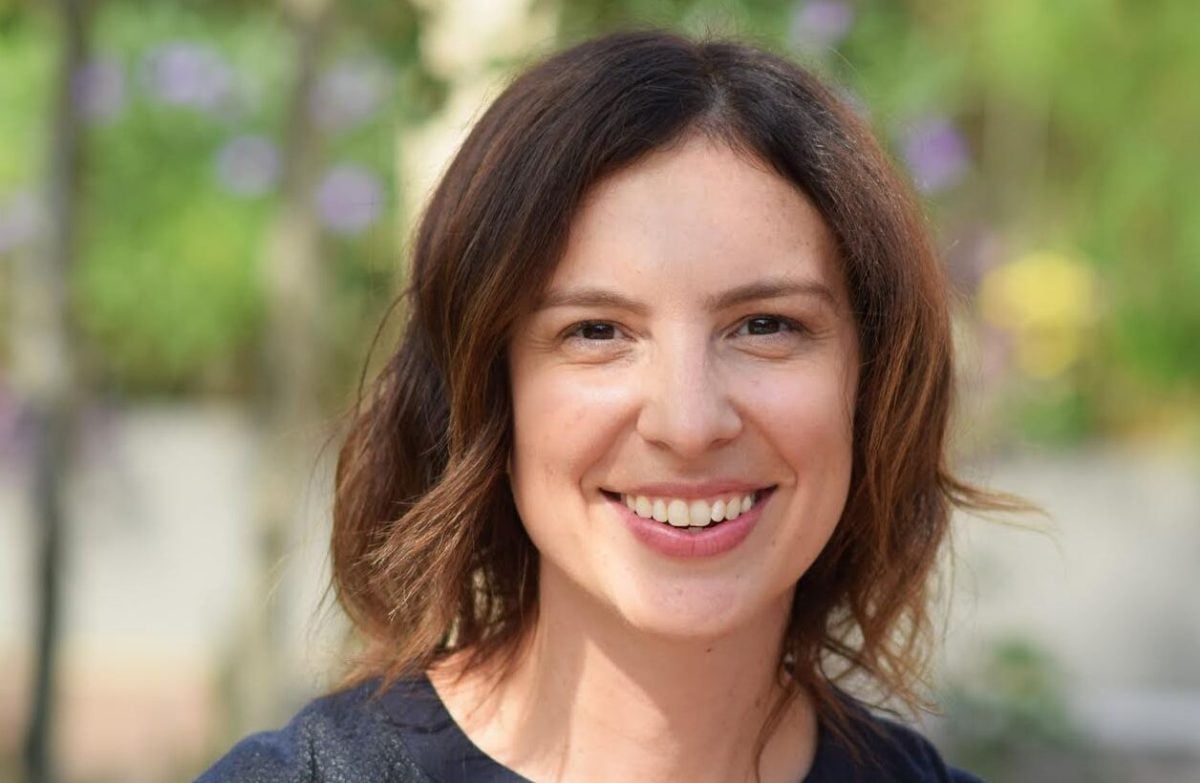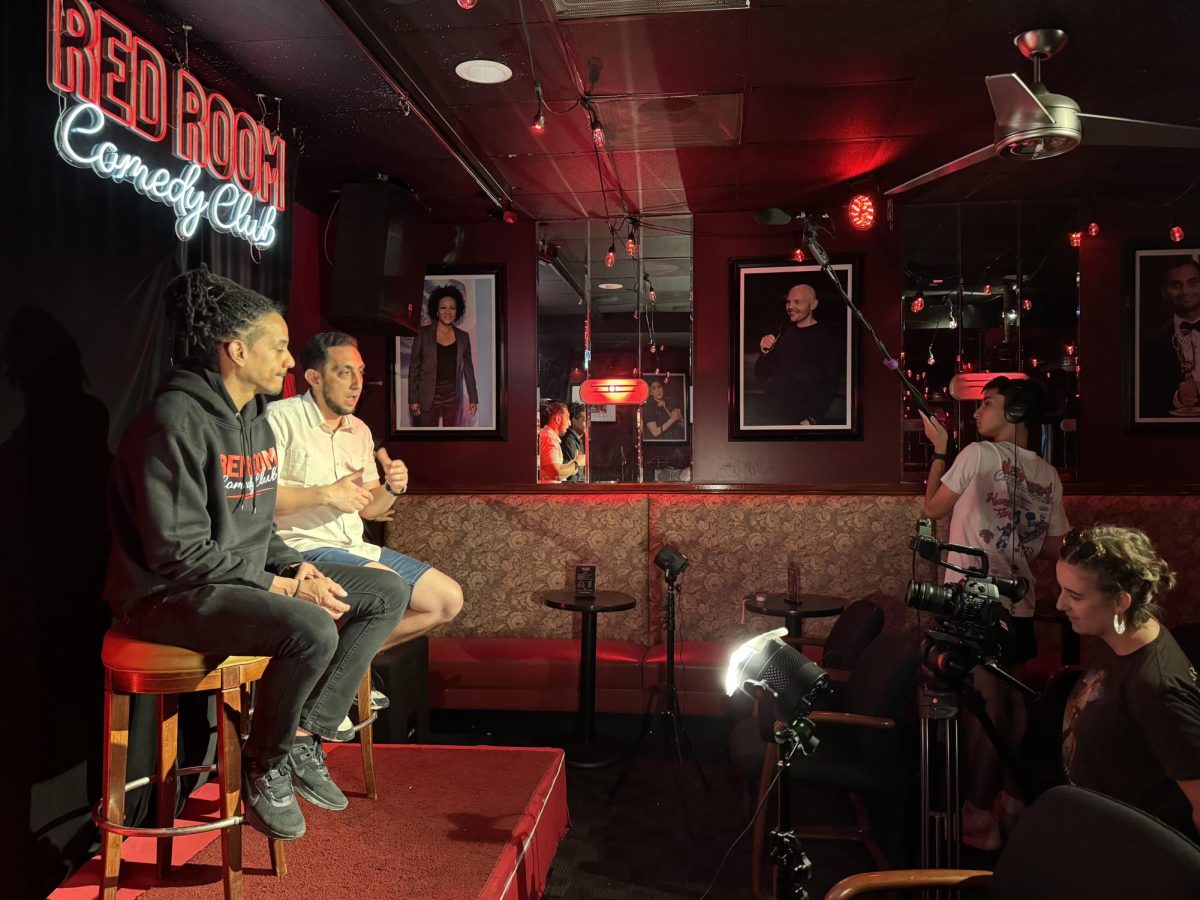As a freshman, Medill junior Indra Dalaisaikhan tried to find other Mongolian American students at Northwestern.
Her search was unsuccessful, in part, because there was no official information about the number of Mongolian students at the University, Dalaisaikhan said.
Currently, NU categorizes racial demographics into “Asian American or Pacific Islander,” “Black or African American,” “Hispanic or Latinx/e,” “Native or Indigenous” and “White.”
In the class of 2028, 26% of students self-identify as AAPI, but the breakdown of this percentage by specific Asian and Pacific Island regions remains unclear.
Dalaisaikhan said it is important to collect data about different groups of students that exist at NU.
“For Mongolian Americans, because there’s just not a lot of us, we’re not talked a lot about in data, or just in general, we don’t see a lot of the resources for that,” Dalaisaikhan said. “But definitely, (disaggregation) is important representation-wise, so the next Mongolian Americans, they could definitely see themselves in the data.”
Asian American Studies Program Director and Weinberg Prof. Nitasha Tamar Sharma said the University needs to be “more honest” about the categories it uses, as different groups have distinct experiences, needs and access to resources.
The University has periodically asked students to self-identify their racial identities, but such data collection has never targeted the entire student body, University spokesperson Hilary Hurd Anyaso wrote in an email to The Daily.
Sharma said some people come to the U.S. for economic opportunities, while others are fleeing war zones. She added that knowing these backgrounds can improve the resources the University provides and offer a stronger understanding of the student population.
“We need really specific and accurate information about how many people from these various smaller groups are in attendance at Northwestern,” Sharma said. “We can’t just say the Asian American or AAPI numbers are over 30% if that means less than 1% is Native Hawaiian.”
Some AAPI groups have more access to higher education than others, Sharma added.
According to the National Center for Education Statistics, 70% of Indian 18- to 24-year-olds were enrolled in college in 2016. The same was true for 39% of Hmong 18- to 24-year-olds. Both Indian and Hmong fall under the Asian American category, which averaged out to 67% of 18- to 24-year-olds.
Sharma, who leads a panel discussing the contexts of race and racism in the U.S. for international graduate and postdoctoral students, said disaggregating AAPI data is crucial beyond the undergraduate level.
“This is important to understand the dynamics of higher education, what students we are drawing, what their various needs (are),” she said. “So in that way, that fine-tuned data is important.”
On campus, several cultural groups exist for students who self-identify under the Asian American umbrella, including Kaibigan for Philippine American students and the Pakistani Students Association.
Dalaisaikhan said she wants to create a Mongolian American group association at NU, but she doesn’t know of enough students.
Available University resources are largely led by NU’s Multicultural Student Affairs, which aims to host events for students of color throughout the year.
“Multicultural Student Affairs used AAPI incoming first-year and transfer student data primarily to communicate programming for AAPI students during Wildcat Welcome orientation,” Hurd Anyaso wrote. “Students are invited to join the MSA listserv to receive regular updates about programming.”
On its website, MSA programs are categorized by the groups they serve, which include Asian Pacific Islander Desi American, Black and African American, Latinx and Native and Indigenous.
For Sharma, terms like APIDA are “ridiculous” because such efforts to be more inclusive often replicate hierarchies that lead to the exclusion of other groups, she said.
Dalaisaikhan said she finds “power” in her identity through student organizations such as nuAZN, NU’s Asian-interest magazine, where she can use her voice.
As for University resources, she said aside from funding for student organizations, she doesn’t see any resources that are meant for her as a “minority within a minority.”
“I don’t think they’ve really taken the initiative in their own hands to make it very open for a lot of people who aren’t part of the bigger group,” Dalaisaikhan said. “They definitely fall through the cracks.”
Email: anaviprakash2027@u.northwestern.edu
X: @anavi_52
Related Stories:
— Northwestern sees increases in underrepresented minorities in latest class admission data
— International Wildcat Welcome rebrands, pushes for more funding, programming
— Asian American, Latino and Latina Studies programs continue to push for departmentalization status


